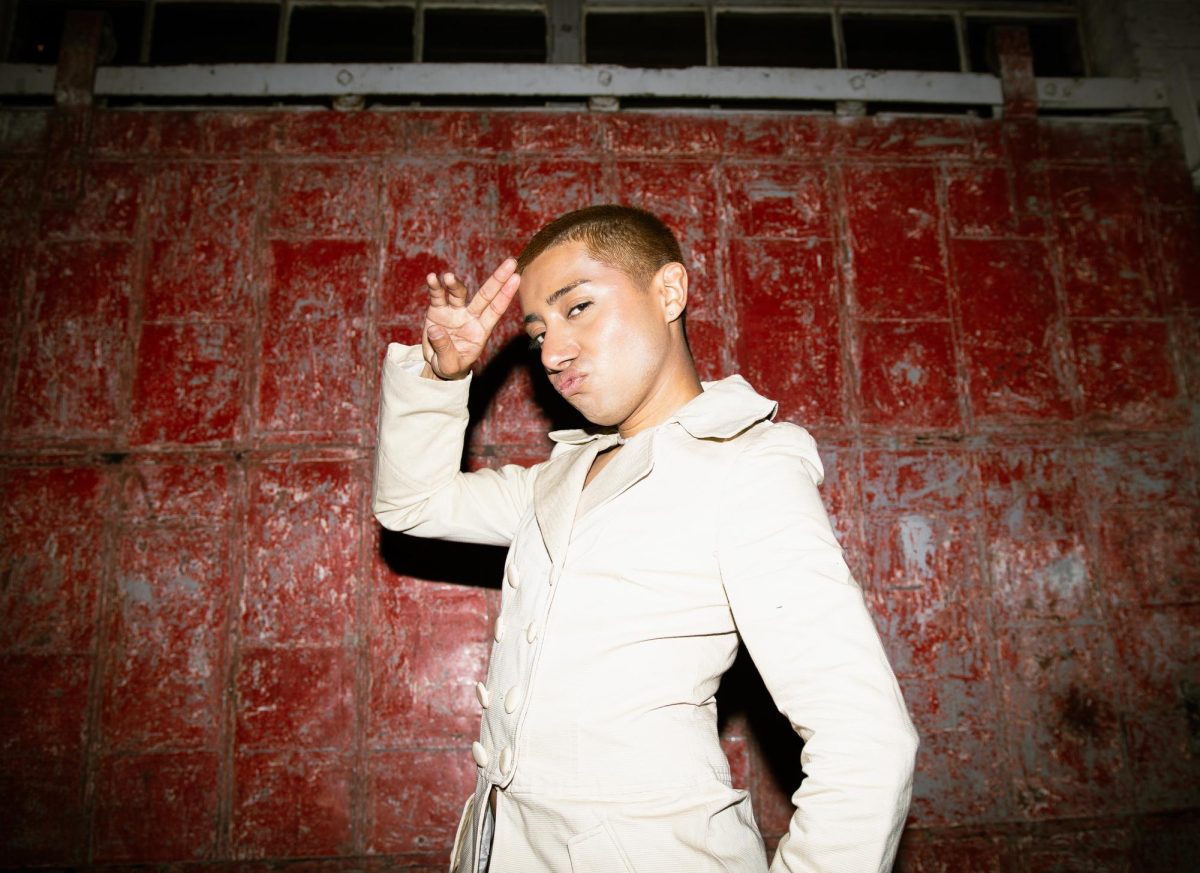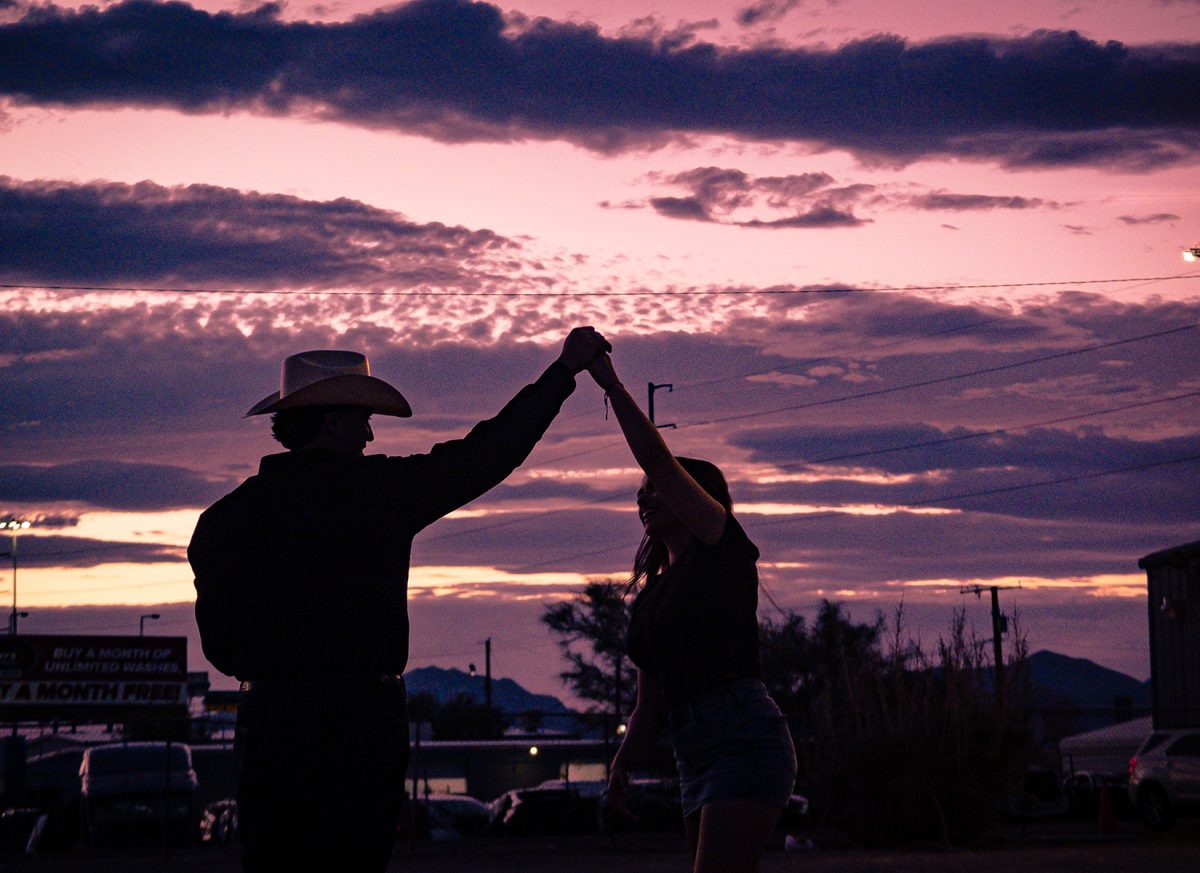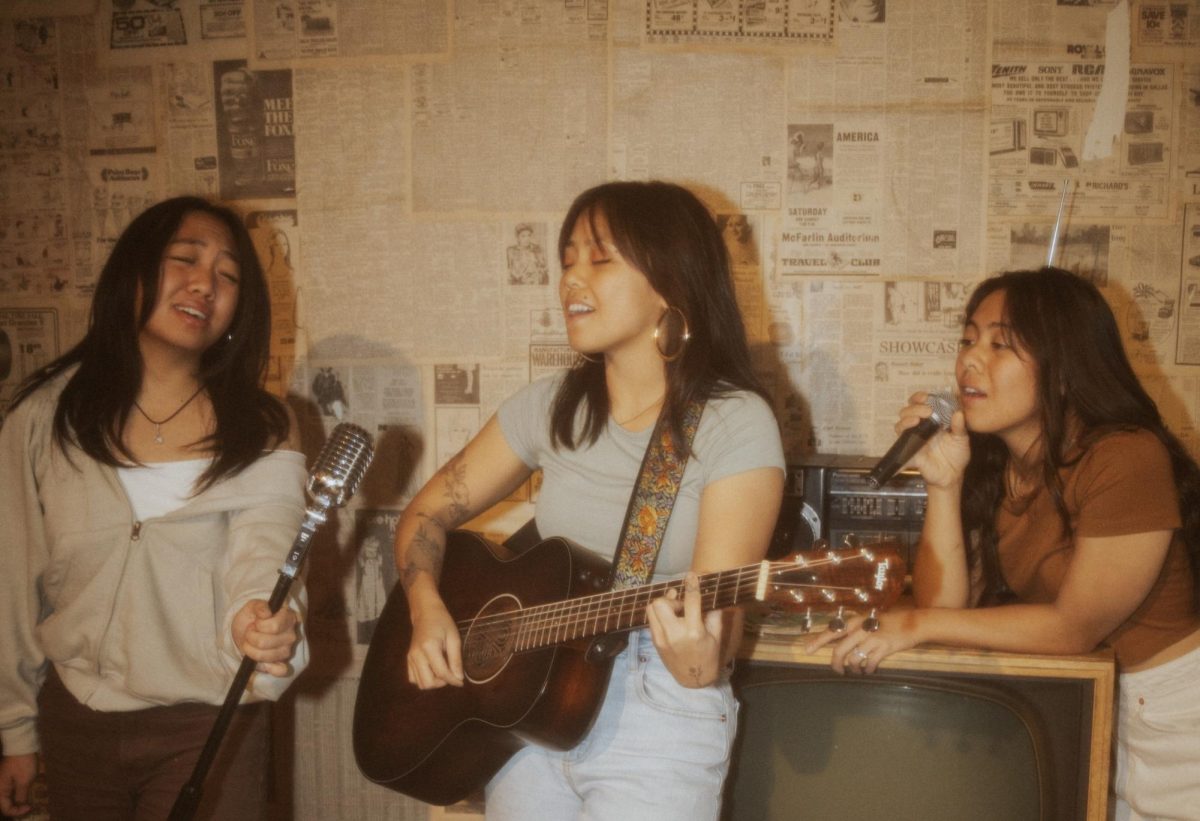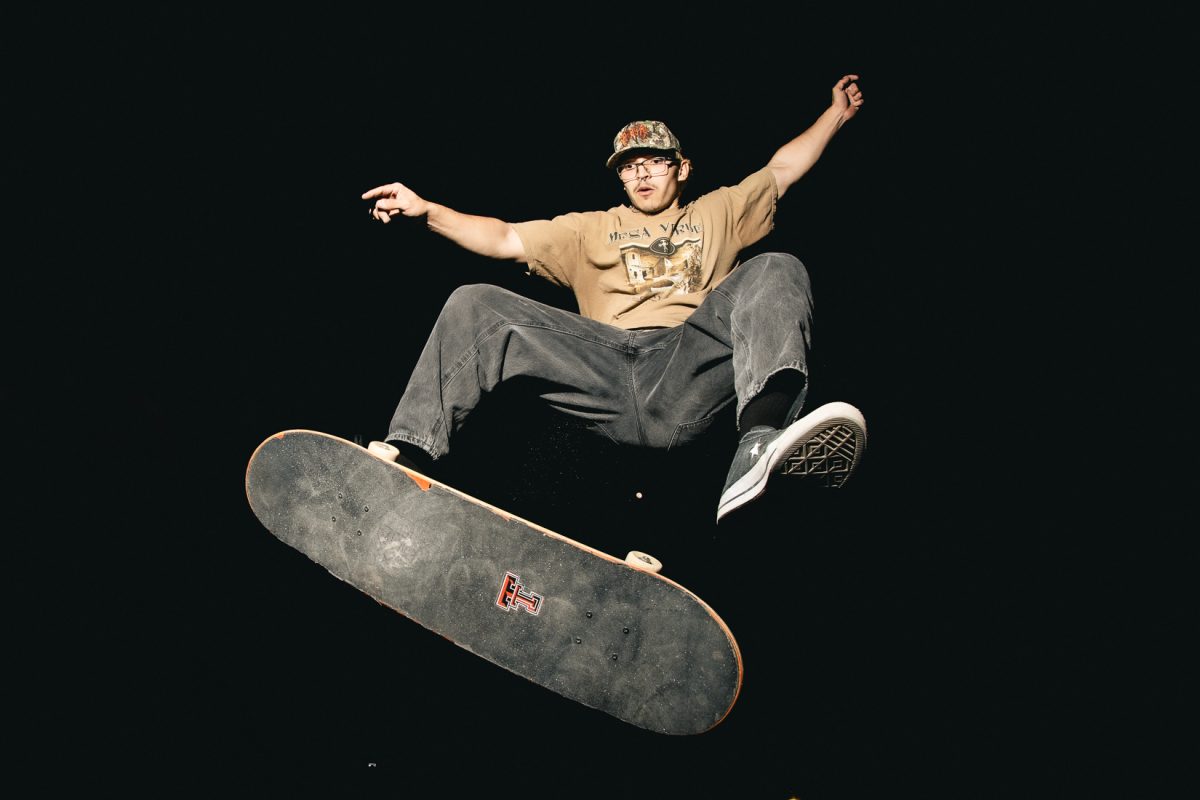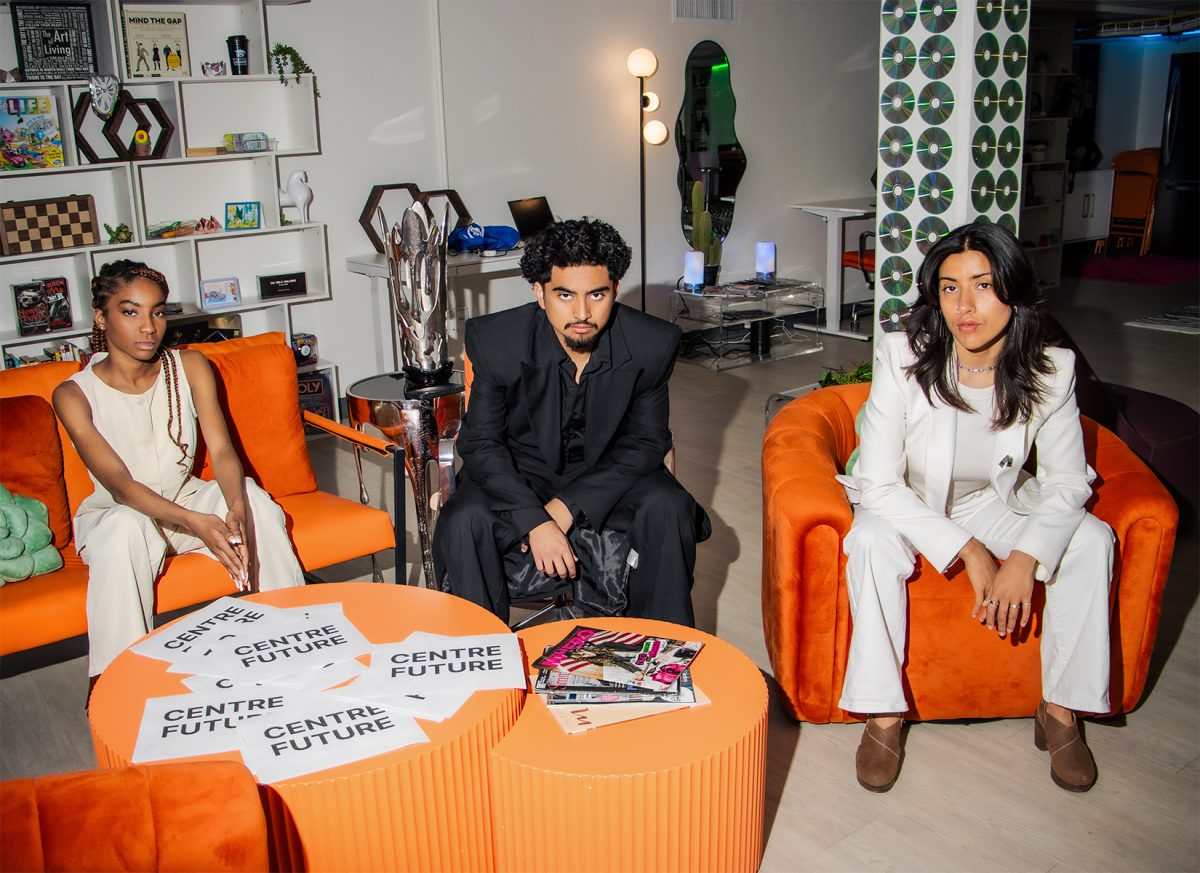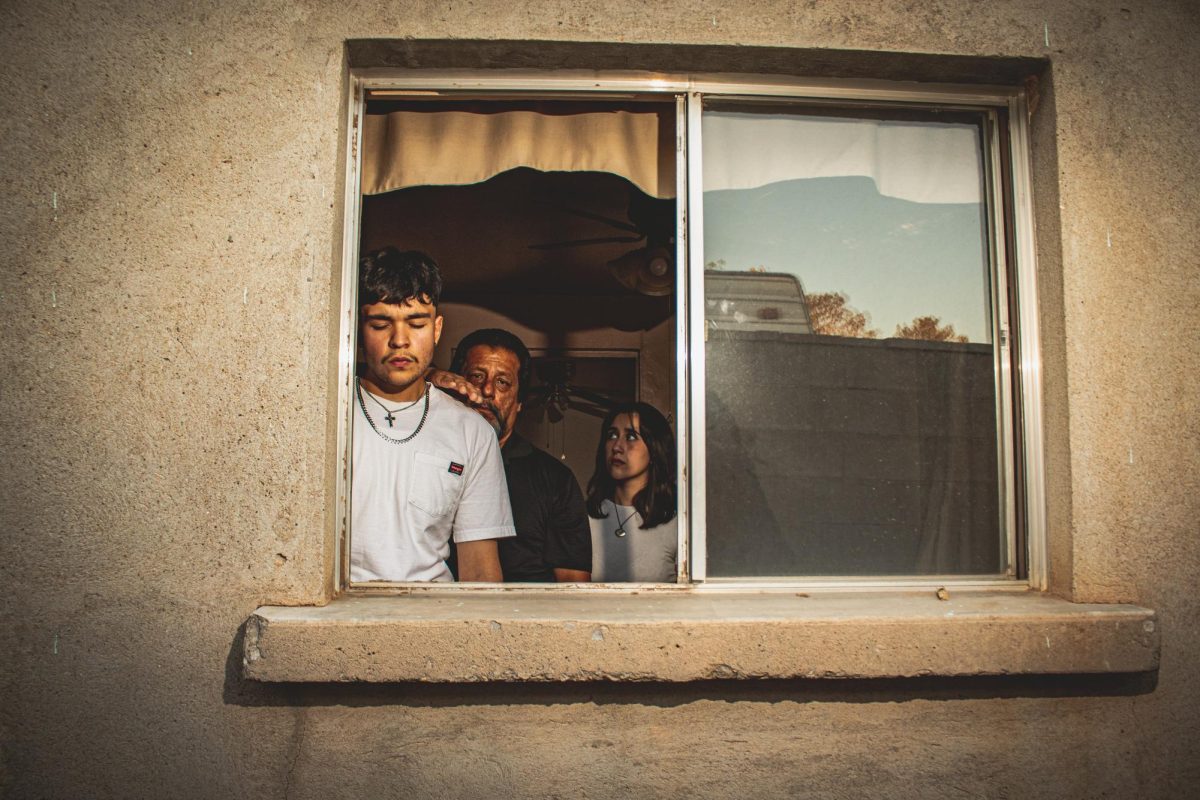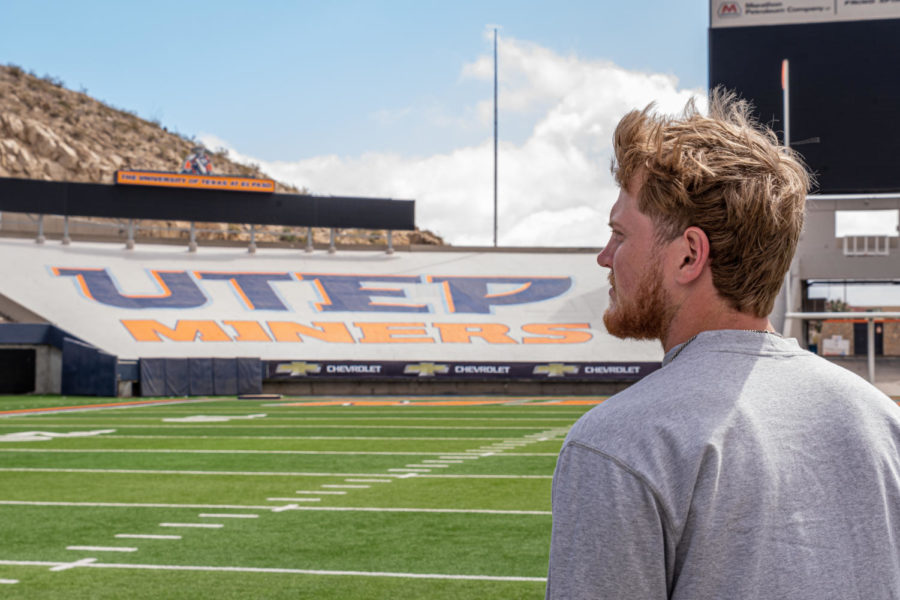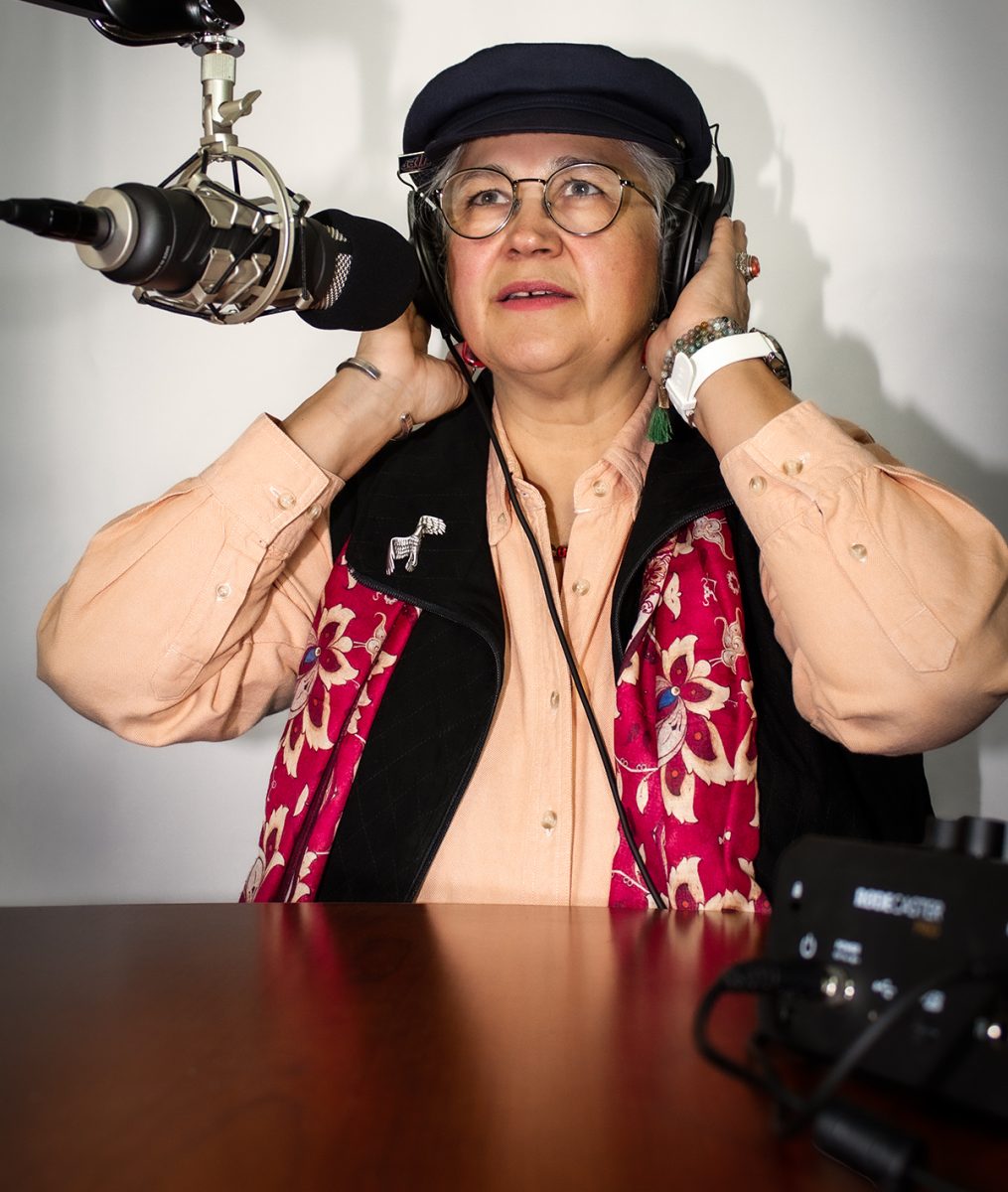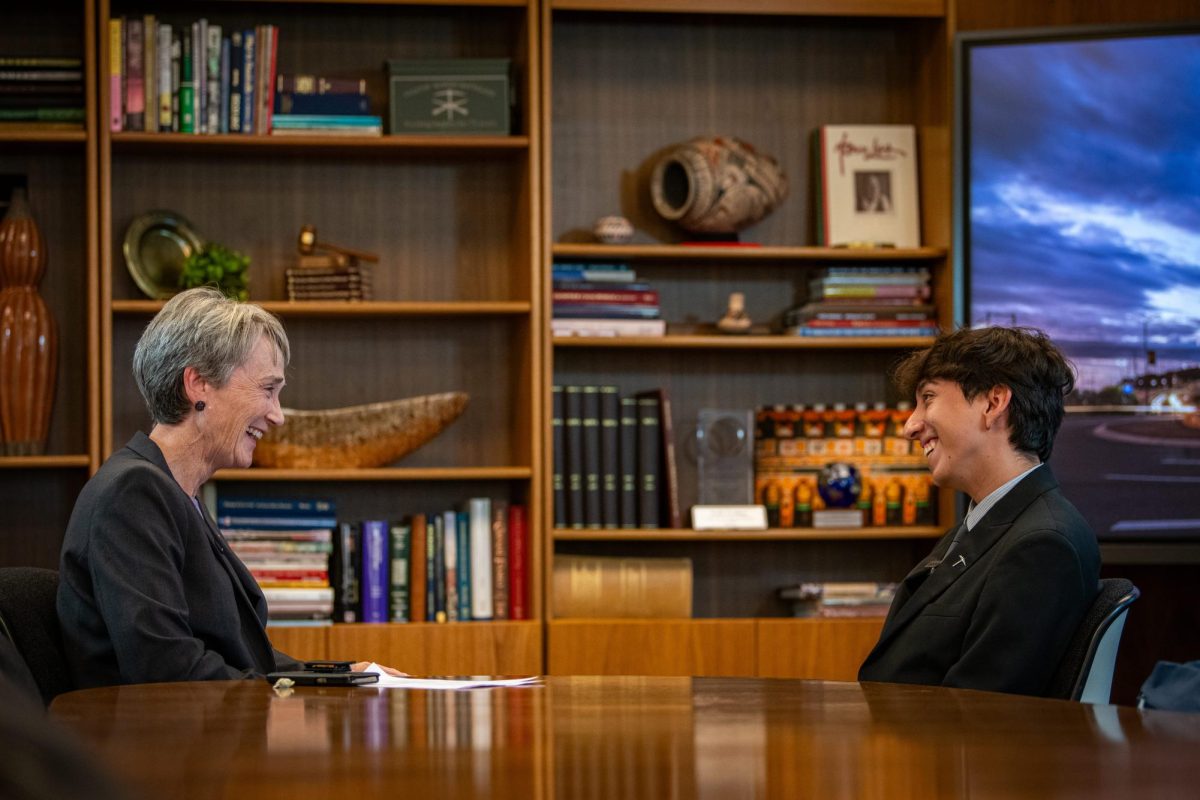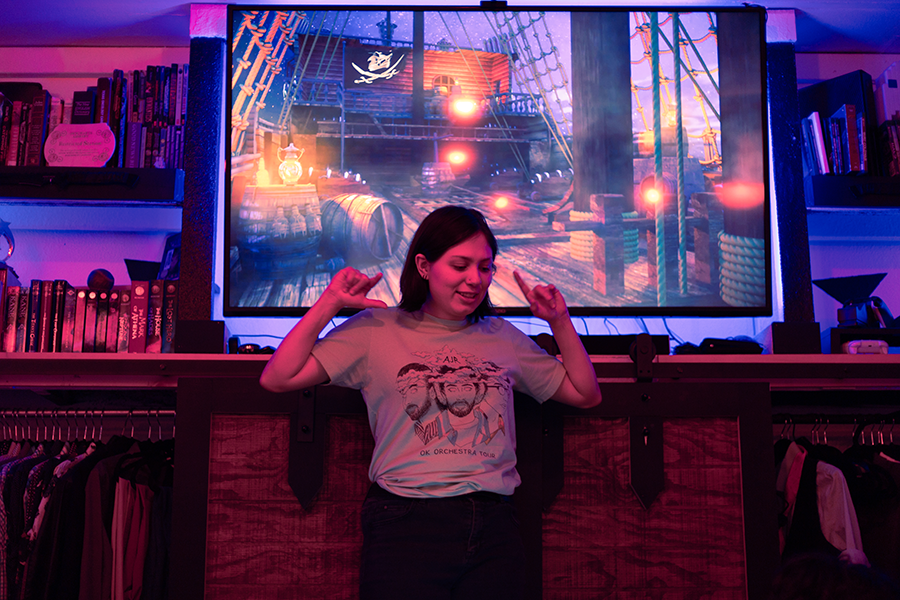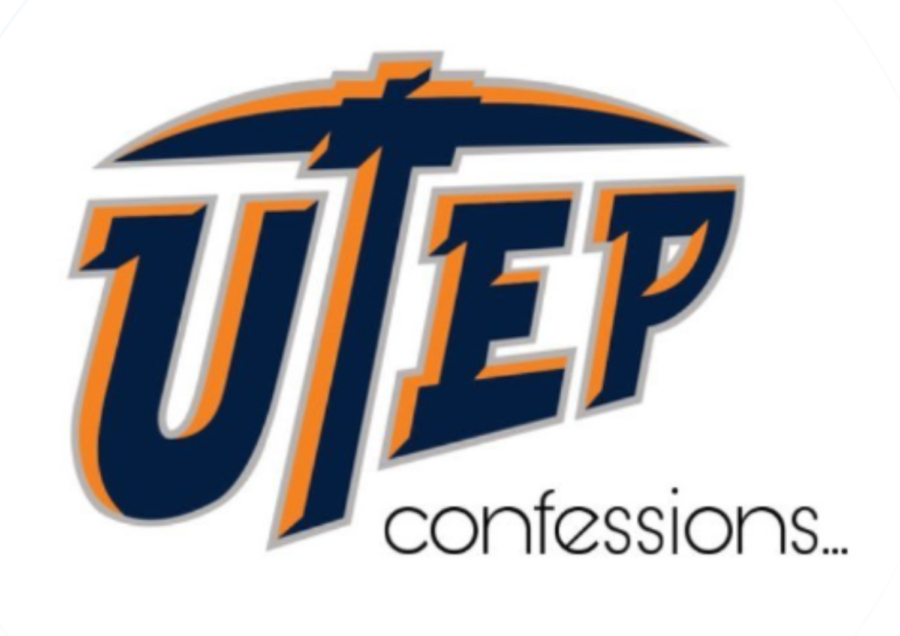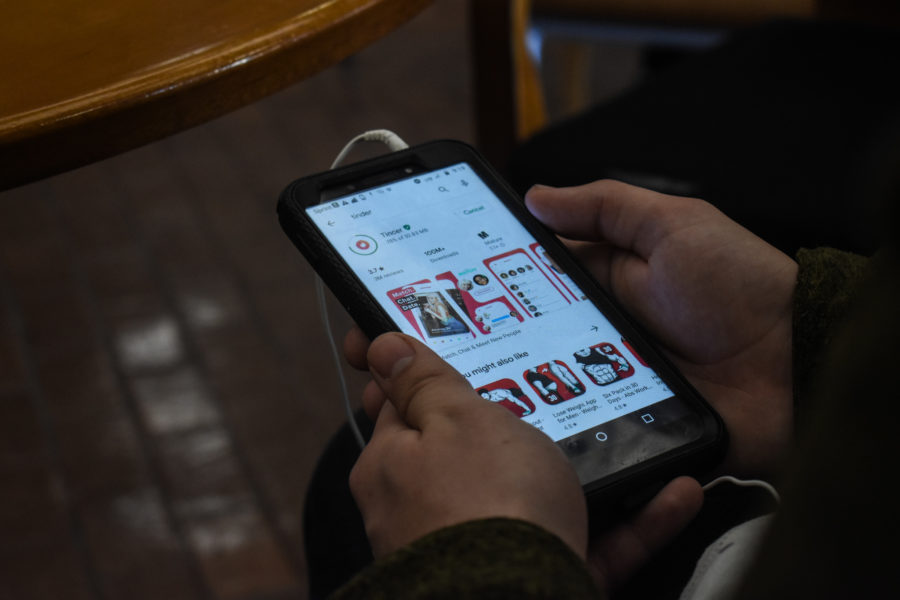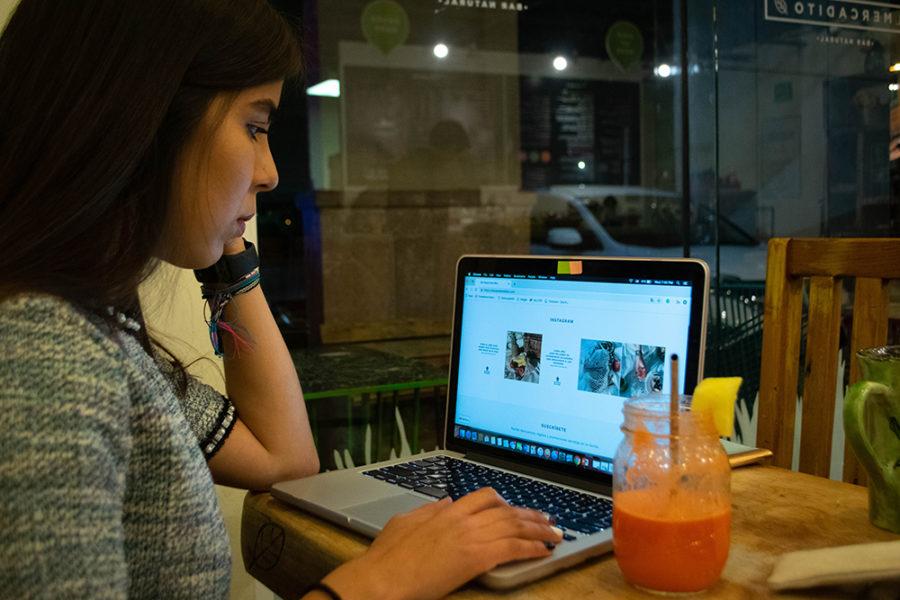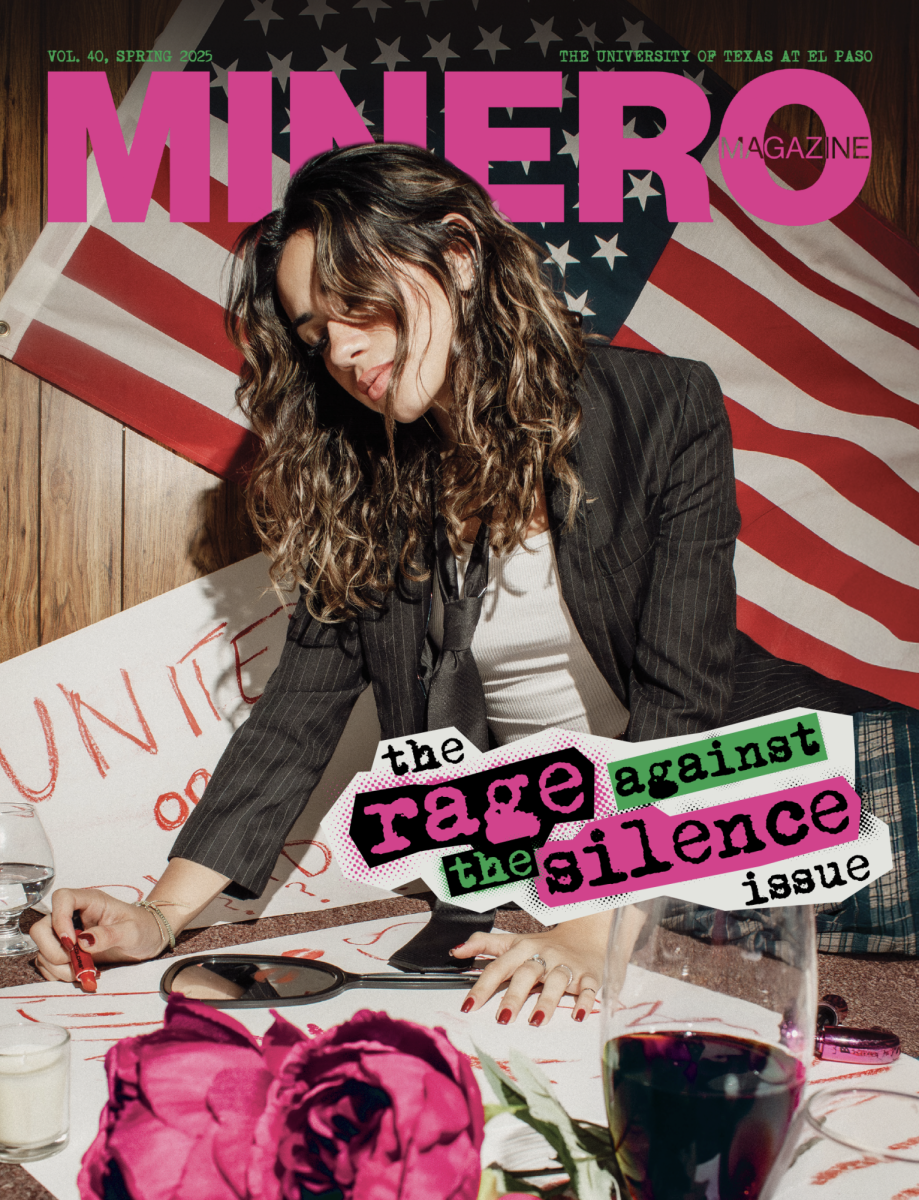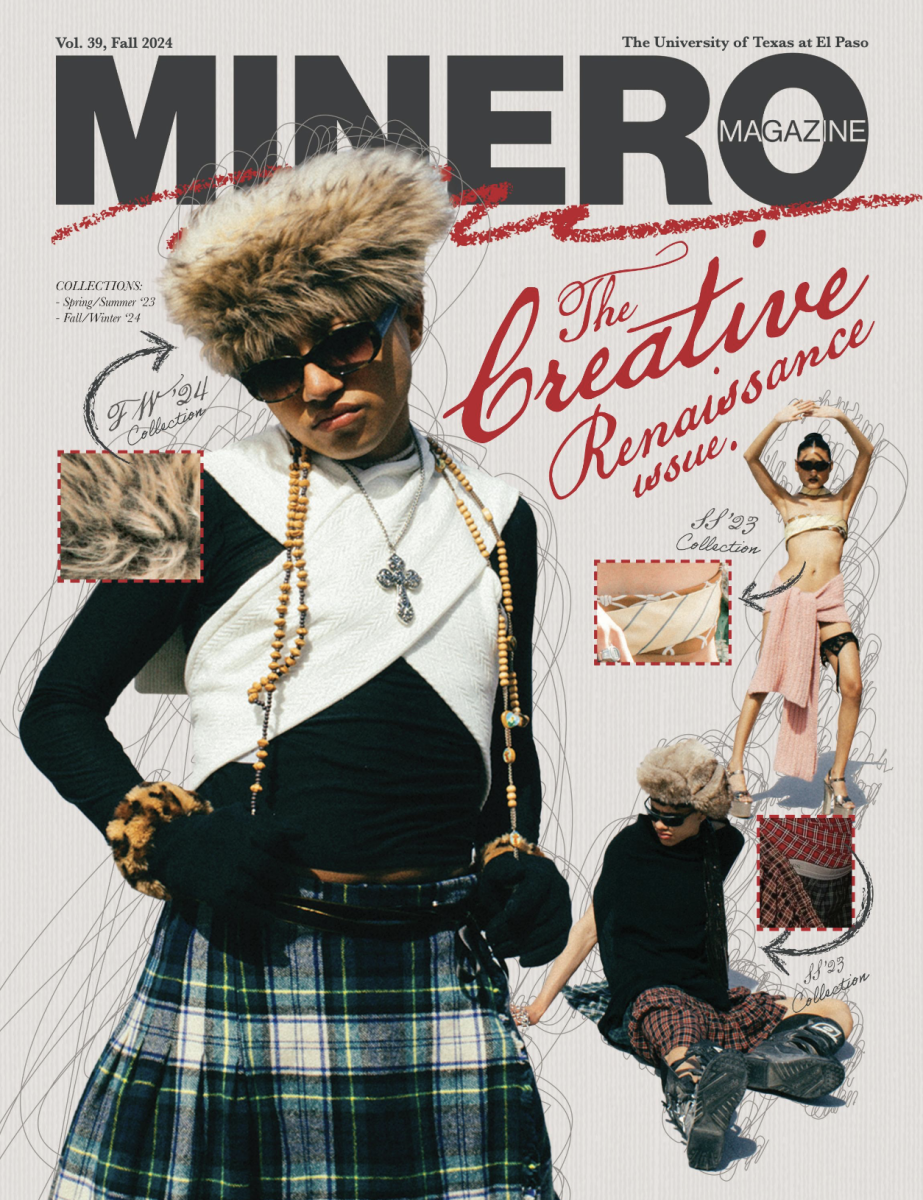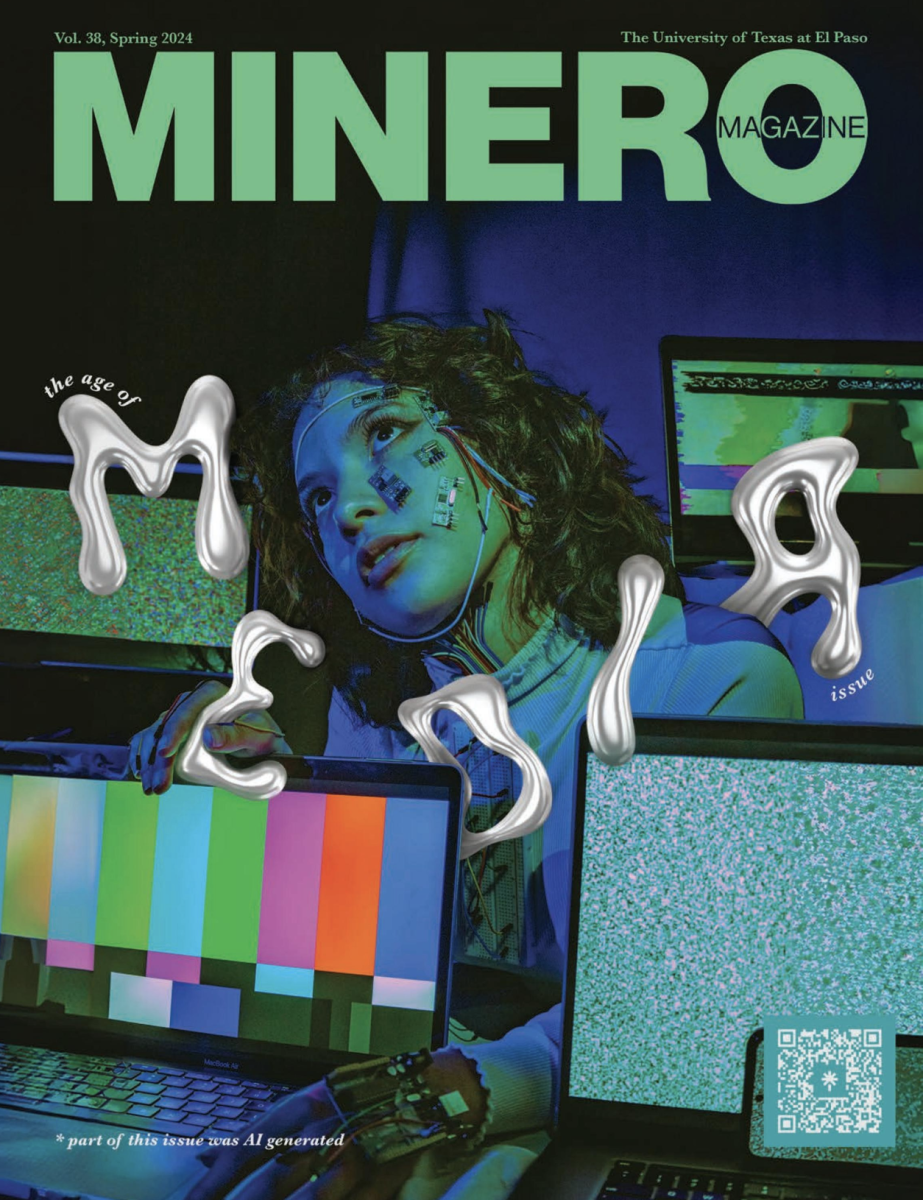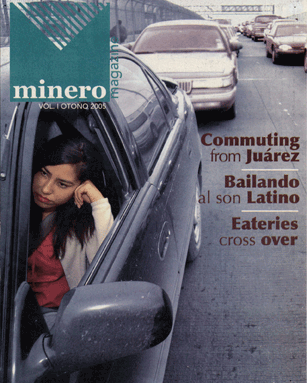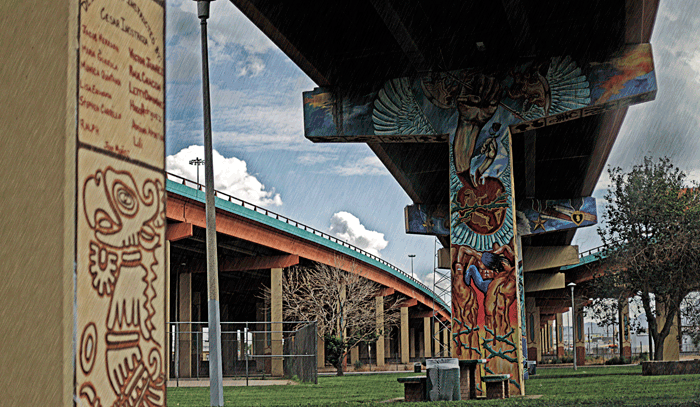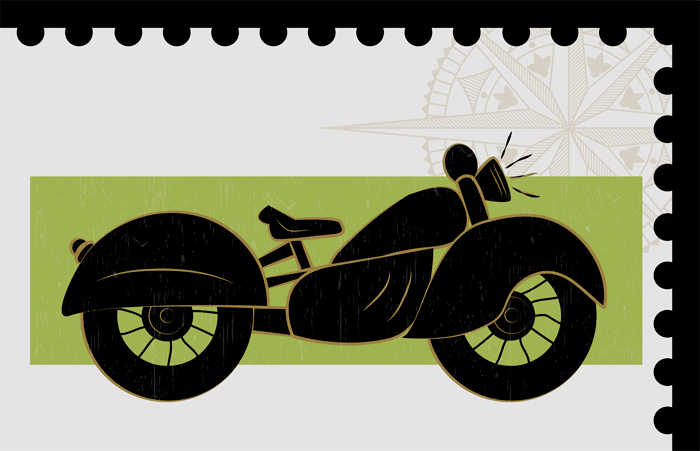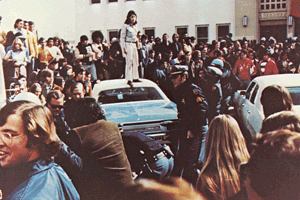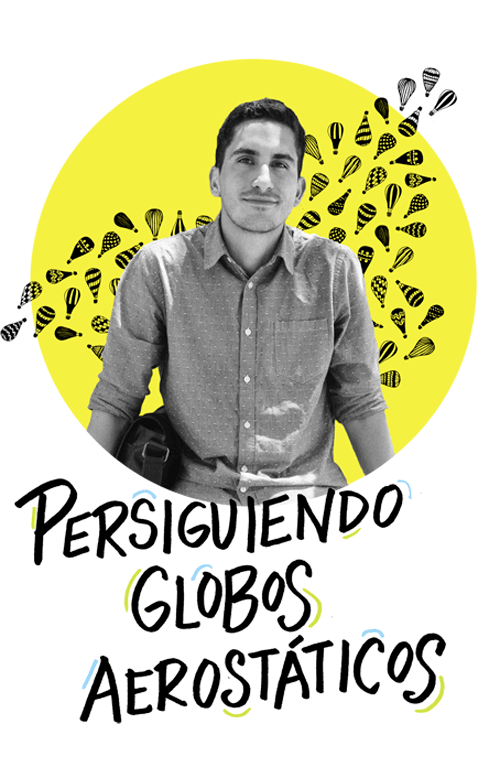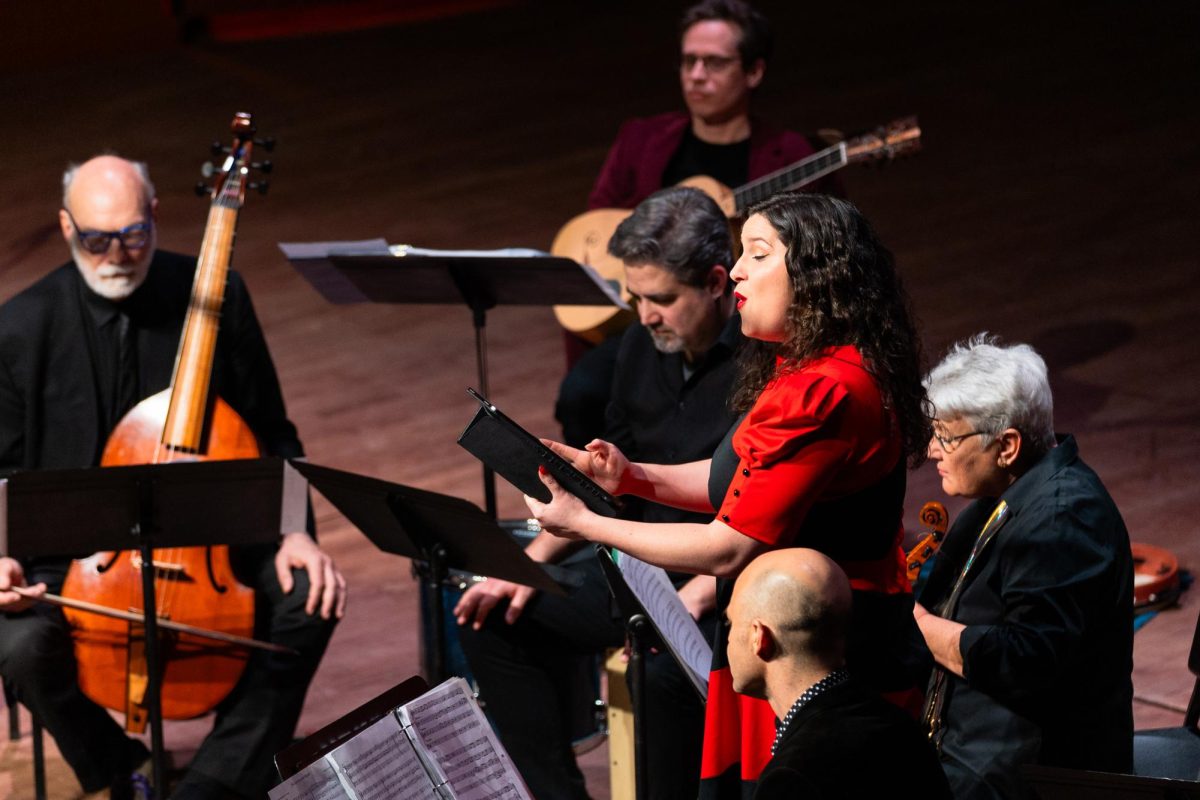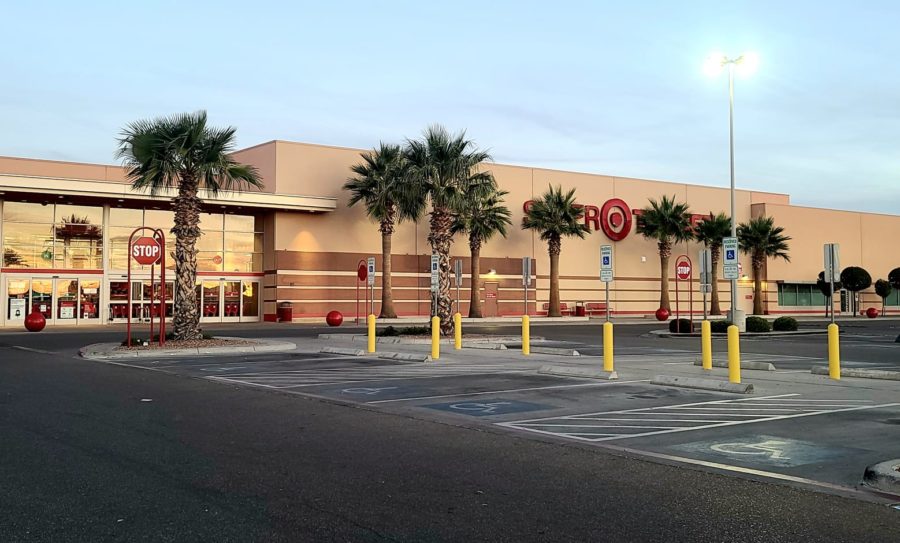
By: Alejandro Alba
Throughout the last 100 years, students have come to the University of Texas at El Paso with a purpose and a vision, and once they have accomplished all their academic goals, they have continued to pursue their dreams. Many left their legacy behind. And the publication of El Minero and Minero Magazine has
captured some of that history.
The publication began production on Nov. 3, 1994, with the idea to bring diverse news content in Spanish to students and faculty at UTEP. The first issue to be printed was on Nov. 10, 1994, with the help of a grant from the Freedom Forum.
Lorena Figueroa, former editor-in-chief of El Minero, began working with the publication in the spring of 1997 and continued until December 1998, when she graduated. “It was my first real feel-like experience in a newsroom, very different from a class environment,” Lorena says. “I had to learn to finish a story on time, within a few days and sometimes hours.”
Lorena says that back then, El Minero was a publication that was specifically directed to UTEP’s Mexican students, especially those who were from Ciudad Juárez.
At the time, the newspaper had a small fraction of reporters and editors compared to the staff of The Prospector. Lorena says they had to put in a lot of effort to publish El Minero. “I remember former editor Larry Lee—who at that time worked at the El Paso Herald Post—went to every communication class inviting future journalists to write for The Prospector and the new El Minero,” Lorena says.Watch Full Movie Online Streaming Online and Download
For Lorena, it was always a fun learning experience, especially because Lee mentored her. Her first two stories were done with his guidance, and he would take her along on his reporting assignments at the Herald Post. “I recall vividly the time when he took me to where immigrant children from Central and South America were detained back then,” Lorena says. “The place was an undisclosed building in Downtown El Paso. It was like a day care center and there were dozens of children of all ages.”
Lee also took Lorena to a protest in 1997, where people were outraged at the killing of a teenager in Texas by a member of the U.S. Marine, who was on a mission with the border patrol to guard the border. The teenager—a U.S. citizen—was herding goats near the border, but the Marine thought the teen was a drug smuggler.
Lorena is now a reporter at the El Paso Times, focusing on Juárez and border issues. She also collaborates with the Times’ Somos Frontera, a Spanish-language news website, by writing stories in Spanish.
Ricardo Morales, former editor-in-chief of El Minero and reporter at El Diario de El Paso, began working at El Minero in September 2002 through April 2004.
Ricardo says that back then, the publication was published as a large-format tabloid and not a magazine like it is now. The only color in the publication was on the front and back pages, all the interior was black and white. “The El Minero motto was, ‘Un espacio para la expresión hispana en UTEP,’” Ricardo says. In English that would read: A space for Hispanic expression at UTEP. Ricardo, as the editor-in-chief, said working for the publication was a very rewarding experience because of the variety of content he was able to cover. He says he covered several topics including tuition, student transportation, campus safety, border economy, politics, technology and cultural and historical issues. “I wrote an average of one story per issue, one every month,” Ricardo says. “I was very pleased because of all the liberty that we experienced to choose our topics as a small group of reporters, editors, photographers and graphic designers, and the enthusiastic and sharp-minded participation of my staff.”
Although the publication struggled to keep publishing, Ricardo says that El Minero was generally well received by the students, faculty and staff. “My vision for the newspaper was to make it a profitable product through promoting advertising sales.” Ricardo says.
During Ricardo’s time at El Minero, he says his staff was a unique group of intelligent and vibrant reporters, who were committed to excellence. They were also fun and joyful. He also thinks that El Minero newspaper experience could be repeated today, but even better. “The student population is bigger now and opportunities for a Spanish-only or even a bilingual publication are far more reachable today,” Ricardo says.
Daniel Alvarez, former reporter for El Minero, says he began to work for The Prospector as a correspondent because of his passion and love for writing. He first began by writing a story on the Chicano movement at the university. Due to the strength of the article and the permission of his editor, Jerry “Bo” Tipton, the story was also published in El Minero in Spanish.
Daniel’s time as a reporter at El Minero was from September 2003 through November 2004. He is now a project manager at Safecount, an online market research company, and lives in San Juan, Puerto Rico, with his wife.
Daniel says that each story he wrote provided him with a wonderful experience filled with knowledge and satisfaction. However, he says that publishing El Minero required a lot of time and dedication. “When I didn’t cover a story, I would help with formatting—and that sometimes would take us up to 3 a.m.—and drop it off at the printers,” Daniel says. “It could be exhausting, but getting up the next day to see your work in print is one of the best satisfactions you can get.”
Out of all the things that Daniel did during his El Minero days, he says that meeting all types of knowledgeable people was one of the best things. He says that curiosity has fueled his career and helped him flourish at his job at The Prospector and El Minero. “It has been for me an experience that has exhorted me to keep my inquisitive journey alive, so I can keep asking the right questions, to explore, to meet new people, to know no limits, to push myself to step into other people’s shoes drawing them closer, understanding and imagining new possibilities. To always be a writer,” Daniel says.
In fall of 2005, El Minero changed to Minero Magazine, a bilingual, bicultural publication that is published every semester, and Cristina Ramírez Vargas spearheaded the project. “Being an editor of Minero was memorable,” Cristina says. “For the first issue, all of us were learning how to produce a magazine, and not everybody outside the Student Publication’s office walls understood what we were trying to do with Minero Magazine—not everybody was so accepting.”
Cristina was the editor-in-chief for the magazine for two semesters—fall 2005 through spring 2006. She says her favorite story was about Latin dancing. “This story was particularly fun to report on because I visited a dancing studio on Mesa Street,” Cristina says. “I talked to the instructor and actually stayed for a class.”
She said her experience influenced the way she wrote the story, along with the graphics and photography, which brought the story to life. “In the three years that I was part of Student Publications, I was a writer for The Prospector,” Cristina says. “I had two to three stories to write each week and loved doing it. I had gotten my feet wet in the editors’ pool as entertainment editor, but when the director, Kathleen Flores, offered me the editor-inchief position for a new project. I was both excited and nervous.”
Although the magazine managed to change its name and direction, the idea of it didn’t captivate all of its audience.
Cristina says that there was a professor who didn’t want Minero Magazine to happen. He believed that Minero Magazine cancelled out El Minero and that Cristina was the killer of the Spanish-language newspaper and was depriving the student body of a celebration of the language. She tried to defend herself and the magazine by explaining that the new magazine would actually hit a wider demographic and capture both English and Spanish-speaking students, and that the full-color magazine would have stories in both languages that dealt with border issues and the Latino culture.
After the phone conversation, Cristina says that they agreed to set up a meeting that was to take place after the first issue was released. “I remember he said, ‘Good, I will bring my people,’ in which I replied, ‘I will bring my people, too,’” Cristina says. “A little too ‘Outsiders’ for my taste, but overall that was the only thing we were able to agree on. The meeting never took place as he failed to call me back. To this day, I don’t know if he was happy or disappointed in Minero Magazine.” Cristina, who is now a recipe developer and taster in Houston, says that while she was a Minero, her only mission was to print out a magazine with good reporting. “I really wanted the magazine to be a forum for good, solid reporting about border issues and a celebration of the Latino culture,” Cristina says. “Minero Magazine was supposed to be a cross between Time Magazine meets Latina. It had both stories in English and Spanish with powerful photography and art design.”
During the first two issues of the new edition of Minero Magazine, the stories revolved around Latino culture, which helped establish the concept of the magazine. “Minero was supposed to encompass issues pertinent to the border region and Latino culture. The stories ranged from hard news to fun and trendy,” Cristina says.
She said the first issues had stories that ranged from the daily student commute from Juárez to UTEP and an inside look at aromatherapy to the increase of restaurants from Juárez jumping the border to El Paso and the increased popularity in Latino dancing.
“Despite the bumps in the road, I believe Minero Magazine fulfilled its role the first time it hit newsstands around campus; it showed what a group of energetic, enthusiastic students can do when they get together and don’t shy away from something new,” Cristina says. “The first issue of Minero was important because it established the premise for future Minero publications, as well as introduced a modern and exciting forum for the UTEP Latino community.”
Adriana Arvizo, former editor-in-chief of Minero Magazine, says she picked up the reins of the magazine right after Cristina left in 2006. She helped spearhead the publication until spring 2008. “I remember a story that I particularly enjoyed about a group of students who were artists and had designed an organic clothing line called Cartel. It was a great initiative that not only was a fashion statement, but also a way of life,” Adriana says. “As a reporter, your best satisfaction is to be able to spread the word about the awesome work that others are doing.”
Adriana says that working at Minero Magazine formed the pillar for her career. She is very grateful for having the opportunity to work there, otherwise she says she wouldn’t know what she would be doing now. “At Minero I also learned how to work for love and not for a paycheck, which is the life of the journalist,” Adriana says.
Adriana’s vision for the magazine was to be a bridge between Spanish-speaking students and English-speaking people at UTEP—for those who wanted to be connected with their neighbors from across the border. She was born and raised in Chihuahua, Mexico, and moved to El Paso in 2002 to attend college at UTEP. She was an international student, who struggled with the English language and American culture.
However, through Minero Magazine, she says she found a connection and a way to be involved and informed. Since Minero helped her, she wanted that same experience for other students and that was her vision for the publication. It was to have a communication channel for those who, like her, couldn’t read or write perfect English, but wanted to have a voice. “Working at (Minero Magazine) was one of the best experiences in my life as a college student,” Adriana says. “Being involved at my college publication office allowed me to get a good job right out of college, and if I could give advice to any student I would say start now—the more experience you have, the more chances you have of getting a job when you graduate.”
Since her days at Minero Magazine, she has worked at a newsroom at Al Día in Philadelphia. After many years as a reporter, she then decided to learn about public relations and now she is a public relations manager for Visit Philadelphia, where she oversees the Hispanic Marketing Campaign.
This fall 2014 publication of Minero Magazine will be the celebration of 20 years of Minero as a publication. The 10-year anniversary of Minero Magazine will follow in fall 2015.



